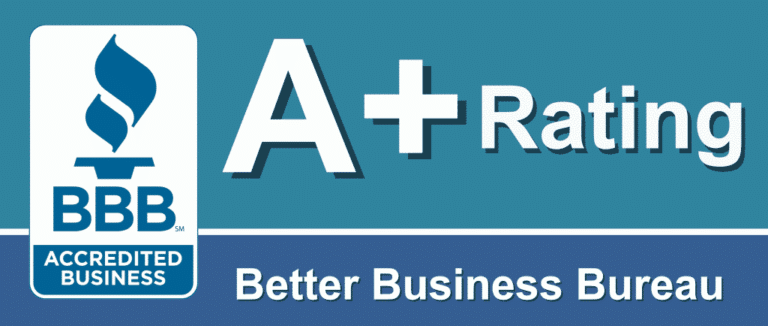Last month I discussed “Super Bugs” and the fact that approximately 100,000 people die every year from infections involving these antibiotic-resistant hospital-acquired strains of bacteria.
Is there anything that can be done to combat such infections without having to rely on antibiotics?
Fortunately there are several treatment modalities that can be used. These include homeopathy, essential oils, intravenous hydrogen peroxide, UV irradiation of the blood, use of colloidal silver, and intravenous ascorbic acid (Vitamin C).
Over time, I would like to discuss all of these. Today I want to focus on just one, Vitamin C.Unlike homeopathy and essential oils, which require a very knowledgeable practitioner to decide which homeopathic remedy or essential oil(s) should be used, Vitamin C is easy to administer. One needs to know only the proper dose and the frequency of administration.
Because of its ease of use and predictably, ascorbic acid (Vitamin C), administered intravenously, would be my first choice if I had a severe infection not responding to antibiotics. From this point on, I will use the abbreviation IVC to denote intravenous Vitamin C.
Vitamin C has been used to treat infections for many, many years. A physician, Fredrick R. Klenner M.D., published in 1949 his results of treating poliomyelitis in 60 cases. All 60 recovered with no residual symptoms! (Klenner, The treatment of poliomyelitis and other diseases with Vitamin C. Journal Southern Medicine and Surgery. July 1949) This was before the introduction of the polio vaccine and at a time when everyone feared polio and its crippling effects.
In his treatment of the 60 polio cases, Dr. Klenner gave 1000 to 2000 mg. of Vitamin C every 2-4 hours (some by injection some orally). All patients were better in 72 hours! In this paper Dr. Klenner also reported on the success of Vitamin C in treating eight cases of herpes zoster (shingles). Seven of the eight were out of pain within two hours. (Today you are given an anti-viral drug and hope the pain is relieved). The same predictable curative response was attained in 6 cases of viral encephalitis, many influenza cases, and in viral pneumonia, chicken pox, and measles. All of these cases used a combination of Vitamin C orally, intramuscularly or intravenously.
Note these were all viruses. Others have also confirmed the amazing effect of Vitamin C on viral diseases. Why was and still is this being ignored by mainstream medicine? I will not delve into the politics.
What about Vitamin C and bacterial infection? Could Vitamin C help with a “Super Bug infection?”(See Part One Superbug June 2006)
Dr. Klenner found that all bacterial infections responded to Vitamin C. Diphtheria, hemolytic streptococcus, staphylococcus infections – no problem. The secret is in the dose. Dr. Klenner found these infections would clear in a short time, literally in hours, if 500-700 mg/kg of body weight was used intravenously and administered via a 20 gauge needle in a rapid manner.
Dr. Klenner’s use of Vitamin C was based on a lot of animal research that had been done over many years by various investigators. He found that every type of infection responded to Vitamin C. The form of Vitamin C used is important. The intravenous form should be sodium ascorbate. Dr. Klenner used ascorbic acid orally.
What do you do if you have an infection, be it viral, bacterial, or fungal, and it is not life threatening and you cannot get intravenous administration of Vitamin C? You can take massive doses of Vitamin C orally.
Dr. Robert F. Cathcart first described taking oral Vitamin C to bowel tolerance in 1981. He used ascorbic acid in granular form and had his patient’s ingest 10-15 grams on an hourly basis until a watery stool was evident. The amount needed to reach diarrhea is directly proportional to the severity of the condition being treated. For instance he found that in most cases a healthy person could tolerate 4-15 grams of ascorbic acid for 24 hours. With a mild cold it took 30-60 grams/24 hours to induce diarrhea. With the flu, 100-150 grams/24 was usually needed. It is also essential to ingest a lot of water while doing this to prevent dehydration.
So when you hear on the news that a study shows Vitamin C is of no help with the common cold, check the amount they used. It will be miniscule compared to what is really needed.
I remember years ago a mother telling me that her son was terribly ill with mononucleosis and that if he did not improve by the next morning he was going to be admitted to the hospital. I told her about titrating Vitamin C to bowel tolerance. She reported that within hours he was substantially better and in 3 days he was completely recovered.
I wish I had known about this treatment for myself- after my freshmen year of college when I was in bed for 8 weeks with mono, and it took me months to fully recover.
There is so much research on Vitamin C that I could go on and on. One book I would recommend is, “Curing the Incurable” by Thomas E. Levy, MD, JD.
If I were to contract any infection, and especially a “Super Bug” infection, you can bet I am going to take massive amounts of ascorbic acid. I am fully confident that it will handle all “invaders”.
© 2006, Mark A. Breiner, DDS
The information presented is for educational purposes only. You should consult a qualified dentist or health practitioner for diagnosis and treatment.


